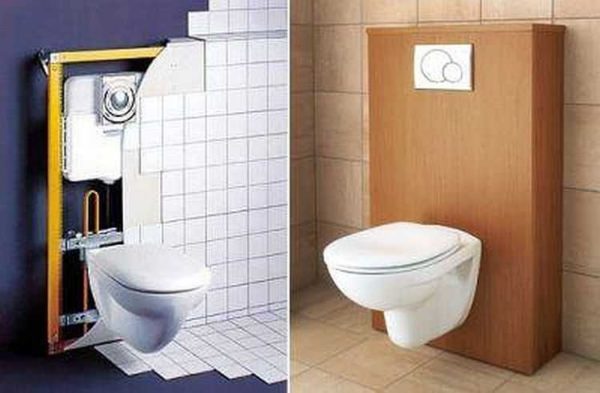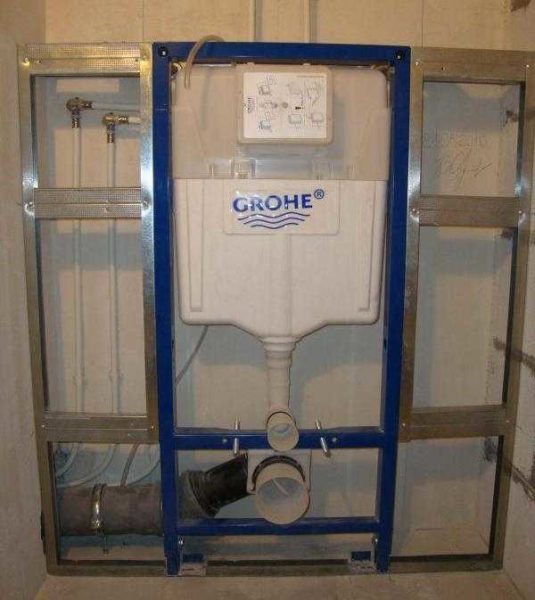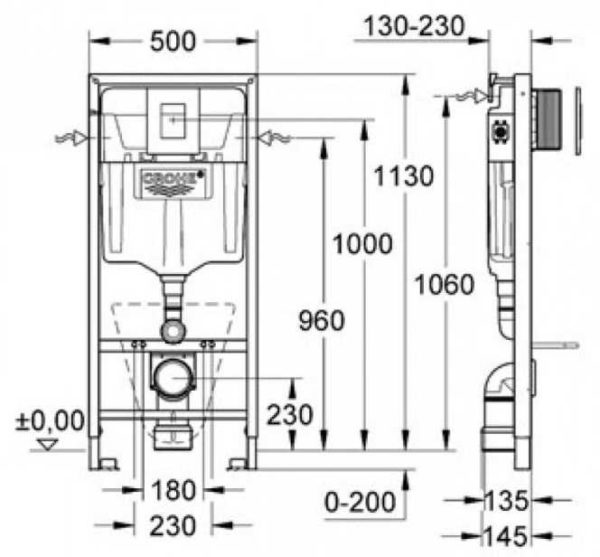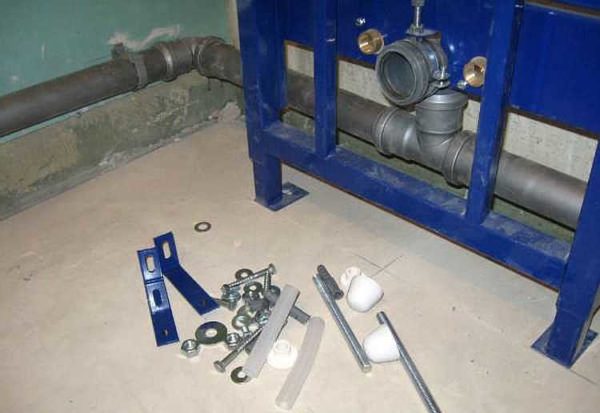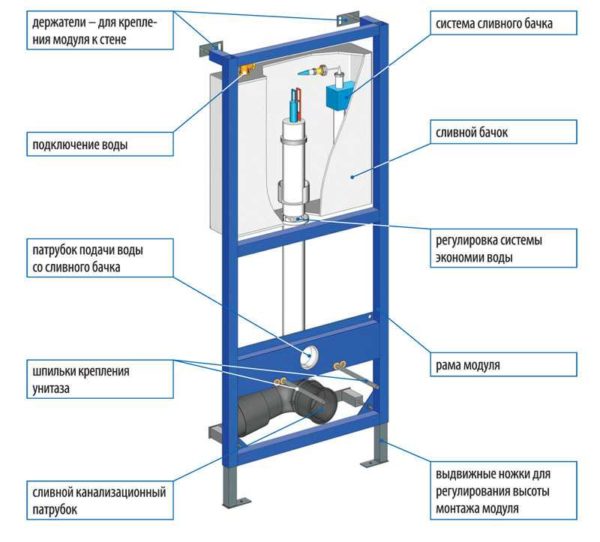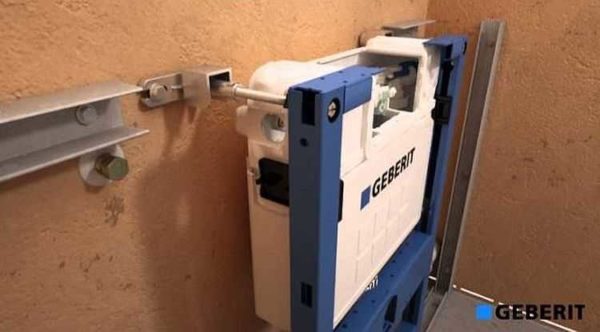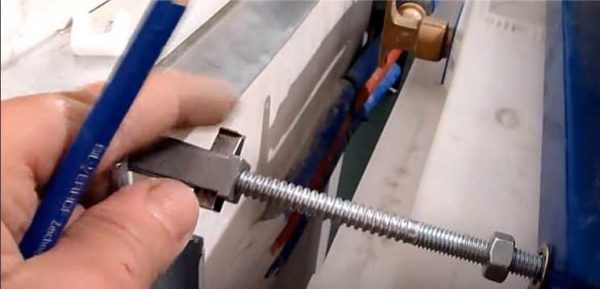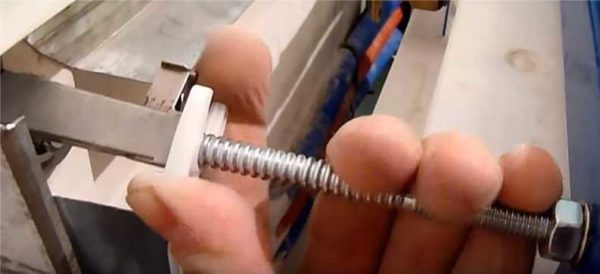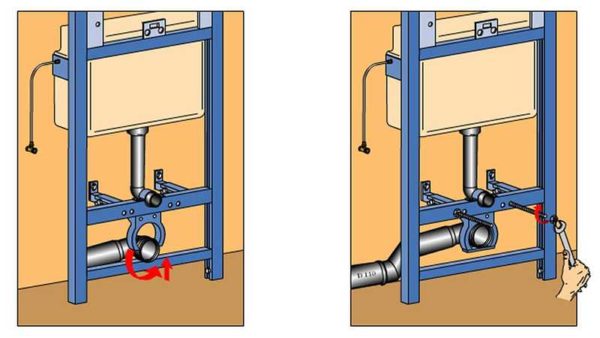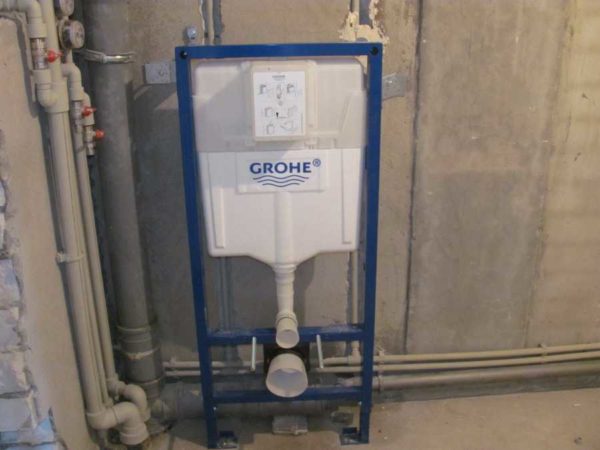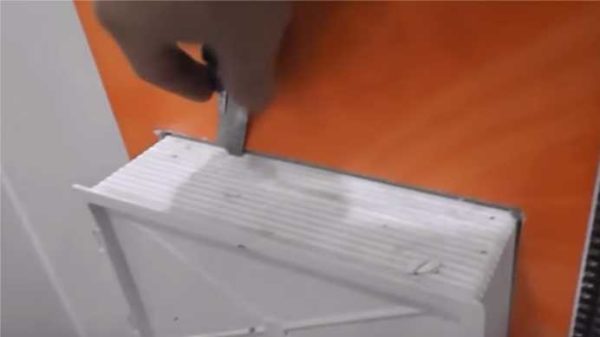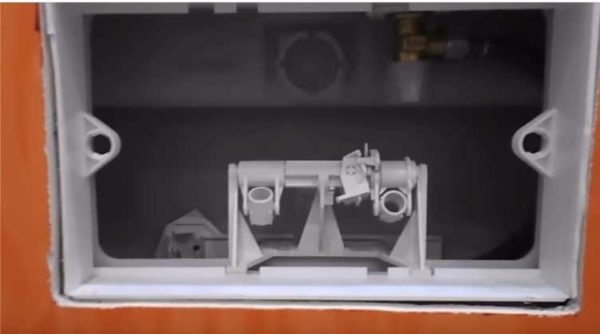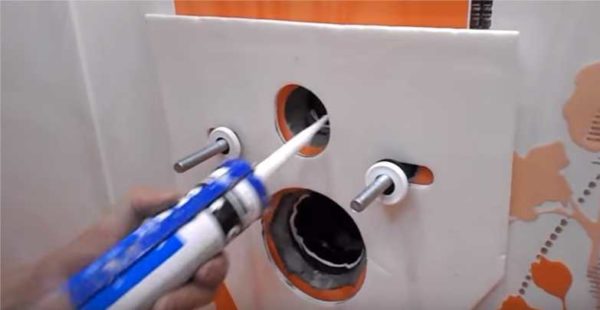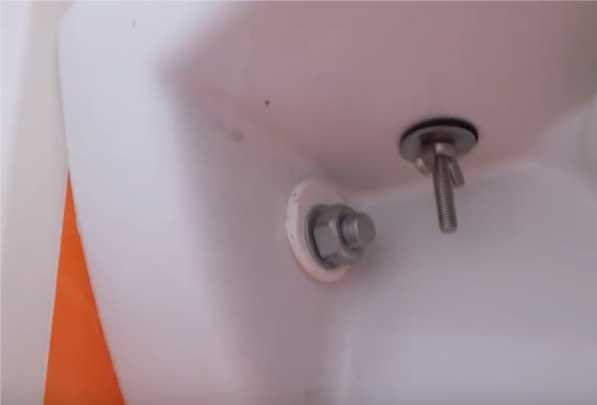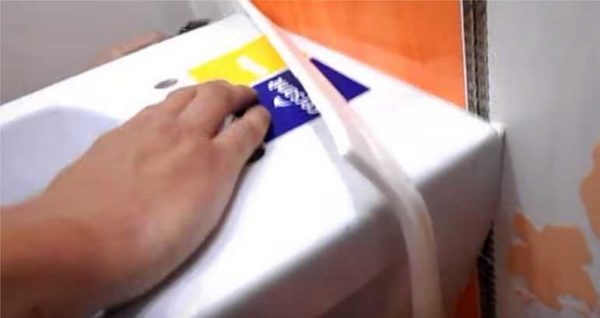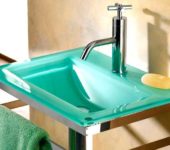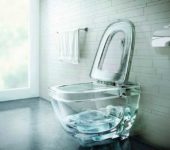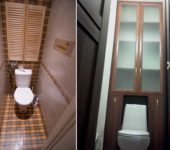How to choose and install a toilet installation
Our idea of “good bathroom and toilet renovation” is changing very rapidly. A few years ago, they figured out which of the toilet bowls is better - compact or with a separate cistern, today - they install hanging toilet bowls and other plumbing and argue which installation is better for the toilet.
The content of the article
What is a toilet installation and what are they?
Recently, hanging toilet bowls and bidets are being installed more and more often. The structure on which they are mounted is called an installation. In addition to the weight of the sanitary bowl, the installation also holds the sewerage and water inlets, and some models also hold the water tank. The tank is made of polymer, access to it is limited, since it is then closed with tiles or other external finishing. After installation, only adjustment is possible with access via the drain button. It is for this reason that it is better to choose good quality plumbing of this type - in case of problems, you will have to redo everything - knock down the finish, change the tank, then do everything in a new way, and this is far from cheap.
There are two types of installations: block and frame. Block can be otherwise called attached - they are attached to the main wall (pictured below). That is, for their installation, a wall with sufficient bearing capacity is required.
Frame installations can be fixed to the floor and to the wall, they can have only two points of attachment to the floor. They differ in that they do not require a reliable wall - their frame is more massive and necessarily rests on the floor. The toilet frame installation can even be installed in a plasterboard wall.
Regardless of the type, the process of installing a toilet installation is a messy business, so work must begin before finishing the walls in the bathroom or toilet. A frame installation for a toilet is generally installed at the stage of creating a partition or mounted in a prepared niche.
What to look for when choosing
Toilet installations are sold either complete with a bowl or separately. It's easier, of course, to buy everything in the kit. Then all sizes will exactly match. If the bowl is already there, you will need to look at the dimensions of the frame and the distance between the fasteners - it should match the mounting holes in the toilet.
It is very useful if the frame has the ability to adjust in height - you can set the bowl to the level you need. Pay attention also to the type of coloring. The best option is powder coating. It is reliable, creates a tough, durable film that adheres well to metal. All other types of paint are less sticky.
When choosing an installation for a toilet, you should pay attention to the equipment. Usually, along with the frame, there are fastening elements - for hanging the toilet bowl, fittings for fixing sewer and water pipes. Some firms also include a tank and a drain button as standard. Drain, by the way, can be dual-mode. It is more economical, since when you press the large button, 6-9 liters are drained, the small one - only 3-4 liters of water. It is good if the drain is adjustable - the volume of flushed water can be adjusted to the specific shape of the toilet.
Which type is better?
Which type of toilet and bidet installation is better? The frame structure is considered more reliable - it usually uses thicker metal, but it also costs more. In any case, when choosing a frame for a hanging toilet, pay attention to the strength of the structure - it should not stagger, its elements should not bend. Inspect the welds and paint quality - there shouldn't even be minor blemishes.
And a little about the manufacturers. The best toilet installations are made in Germany and Italy. But their plumbing is expensive. Equipment for bathrooms and toilets is no worse in quality in the Czech Republic and Bulgaria, and the price range for their products is average. The cheapest installations and wall-hung toilet bowls are Chinese, but it is risky to contact them - they can work normally, or they can quickly fail.
Toilet installation installation
Installation begins after the floor has been leveled. If a block type of installation is selected, then the walls must be aligned. As already mentioned, installation of a block installation is possible only on a wall with good load-bearing capacity. These are usually load-bearing walls, as normal partitions can collapse.
First of all, you need to decide on the installation site of the toilet. Depending on the type of installation, you will need to fix it to the floor or wall. It is necessary to bring sewer pipes and water to the proposed installation site. The branch pipes of these systems should be located in the immediate vicinity of the chosen installation location.
Next, we will focus on installing a frame-type plumbing installation.
Fixing the frame to the floor
Then we put the frame in the place where it should stand, check the verticality, horizontal position. Then, with a pencil or marker, we make marks at the attachment points - there are holes in the frame.
Moving the frame along the marks, we drill holes - to the size of the fasteners. When installing in concrete, dowels with hexagon caps are usually used. After the holes are made, the frame is put in place, the dowels are inserted and tightened.
We set the required installation height of the toilet bowl
Most toilet installation frames are adjustable in height. When choosing, the height is considered from the level of the finished floor - in fact, from the level of the laid floor covering. If there is no coating yet, its thickness must be added to the required height.
The legs of the frame are adjustable for height adjustment. They are fixed with clamping bolts. To adjust, we loosen these bolts (located at the bottom of the frame on legs), set the desired height, check the horizontalness of the upper bar, and then tighten the bolts again.
Fix to the wall
For wall mounting, special adjustable bolts are included. With one end they are attached to the upper corners of the frame, with the other they are fixed on the wall (with dowels of a suitable type).
After that, the installation for the toilet is exposed strictly vertically. A building level is applied to the side posts, rotating the nut on the fasteners change the position of the frame relative to the wall.
The procedure is important, but not complicated. We set everything up with maximum accuracy, check it several times in all planes. Everything should be perfectly level. After adjustment, we press the movable tongue on the fastener (in the photo it is under the finger). It grips the screw, the frame is rigidly fixed.
The Grokh company also has an additional retainer - a plastic bracket that clamps the thread. We set it next to the flag (pictured).
Sewerage and water connection
The next stage is the connection of the branch pipe fixed to the frame with the sewer outlet. Some kits have factory knees, if they are not there, you will have to look for a suitable one or install a corrugated plumbing pipe.
Another option is that there is a plastic clamp on the frame, into which the sewer pipe is inserted (pictured above). In this case, the section of the pipes is clearly stipulated.
Cold water is connected to the branch pipe on the tank. You can connect with any pipe, but it is important to make the connection reliable. Therefore, it is not recommended to use metal-plastic pipes with press fittings - they require periodic tightening, which in this case is problematic. That is, there are not many options left - polypropylene, copper pipe, polyethylene pipes connected by soldering.
We connect the adapter and the inlet to the tank with a flexible hose. Also choose it carefully, better braided from good stainless steel. Ideally, buy a branded hose.
Finishing work
Since any installation for a toilet requires finishing, the whole installation process is divided into two parts - before and after finishing. The first is completed, followed by finishing.
Usually the installed frame is sewn up with drywall. The instructions require two sheets to be installed. First, all the dimensions are transferred to the wall, the profile is mounted along the applied contour, and sheets of drywall are already attached to it.
Before starting work, it is necessary to install a box under the button on the frame. For the period of finishing work, it will protect the inside from dirt. Several holes must be cut on the sheets: for the button, the sewer outlet and the water inlet from the tank, two pins for hanging the toilet bowl. To do this, the sheet cut to size is put in place, then all the necessary elements are outlined with a pencil. Holes are cut along the drawn contour. Having prepared two sheets, they are installed and attached to the previously mounted frame. After installing the gypsum board, tiles are laid on the glue.
Installing the button and hanging the bowl
After finishing, the box for the button is cut off - its edges should be flush with the tiles. The cut off cover exposes two bolt holes. It is on them that the drain button will hold.
Before installation, a hose (if the drain is pneumatic) or a cable (if the drain is mechanical) are connected to the button. Then it is installed in place and tightened with two bolts (at the corners in a diagonal or as in the photo opposite each other).
The installation of the bowl begins with the installation of the gasket. It is pushed onto hairpins. We process the openings for the sewer and drainage of water in a circle with sanitary silicone.
Next, we install the pipes in the toilet and hang the entire structure on the studs. We put on rubber gaskets on the protruding studs and tighten the bolts.
You can assume that the wall-hung toilet is installed. The last touches remain - cut off the excess rubber lining. This can be done with a sharp paper knife. Just draw along the contour of the bowl, cutting off the excess.
For better sealing, the joint is coated with silicone. Having laid the strip, it is immediately leveled, the excess is immediately washed. It is better to level something smooth and rounded, for example, a teaspoon handle. That's all, you can check the work.
Video for installing toilet installations from different companies

